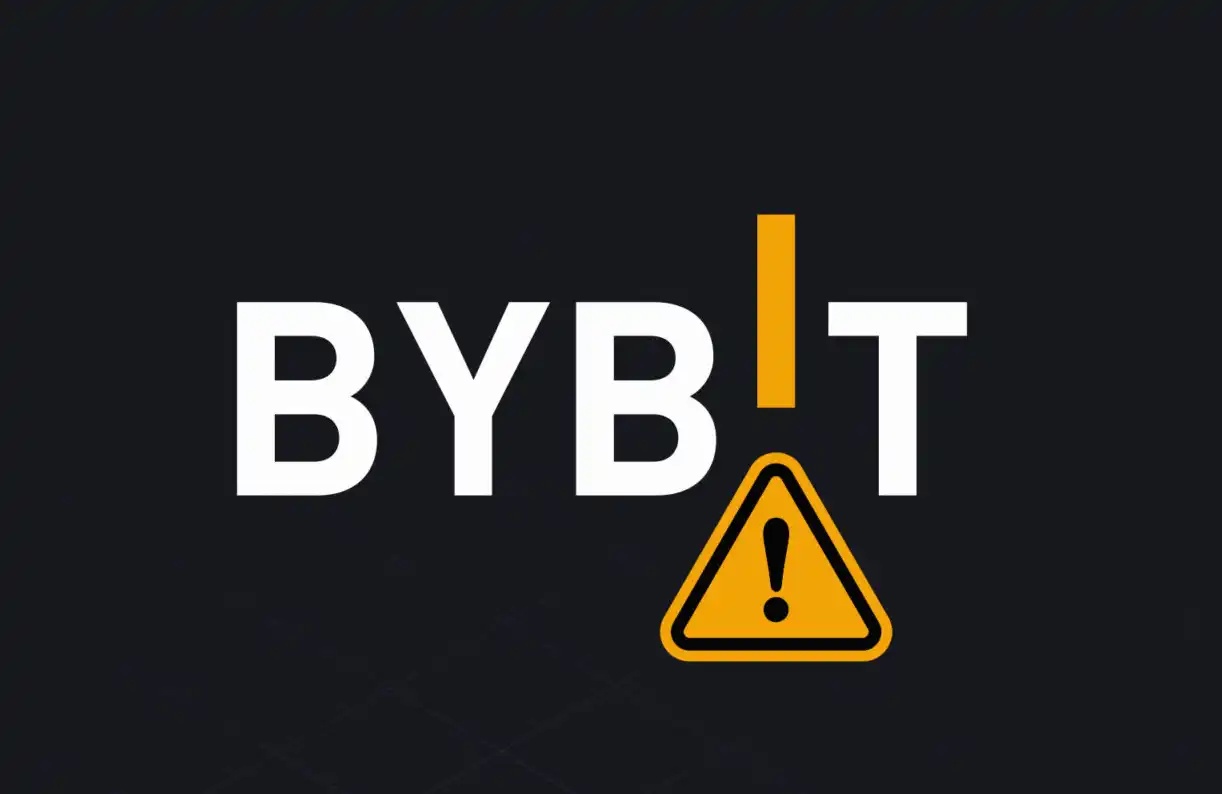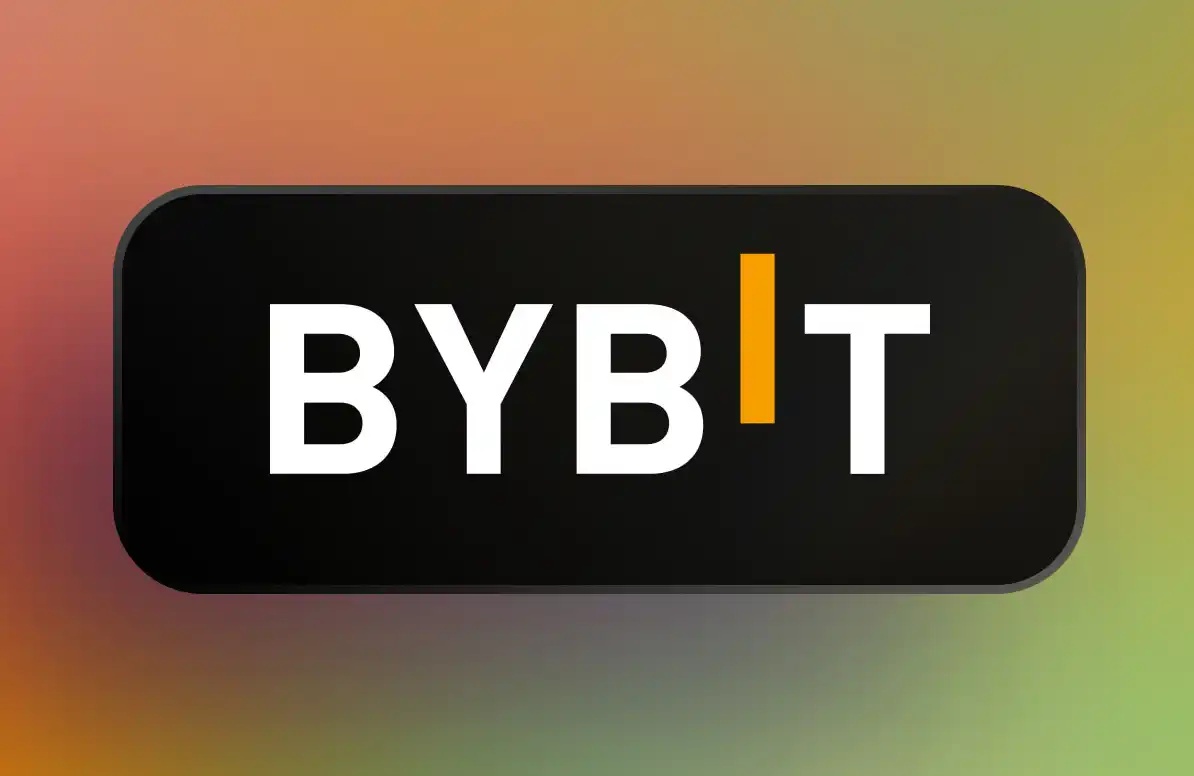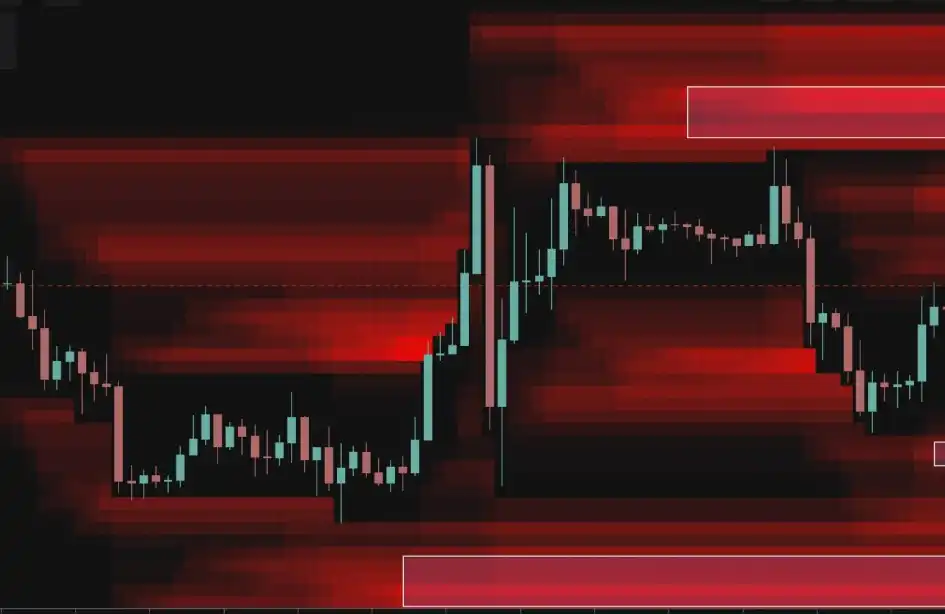How is the development of the cryptocurrency insurance industry now?
Original Title: "The Current State of Crypto Insurance"
Original Author: Joo Kian, Cryptocurrency Researcher
Original Translation: Evelyn, W3.Hitchhiker
Introduction

The emergence of DeFi has opened up revenue-generating opportunities for many protocols. However, as protocols gain more and more attraction and see an increasing amount of deposits in smart contracts, this creates profitable opportunities for hackers and exploiters.
Hackers have discovered vulnerabilities in protocol architecture or smart contracts and found ways to extract value from these vulnerabilities. Since the DeFi summer of 2020, the amount of stolen funds has only increased. In 2022 alone, the amount of funds lost due to hacking attacks has reached $2.7 billion, a 63% increase from last year.
With the increasing adoption of cryptocurrencies, it is important for protocols and their users to prevent exploitation. Auditing and code review are the first and most obvious steps (but they do not mean that the possibility of exploitation is 0). How can protocols and users protect themselves from these attacks? As in the case of TradFi, insurance may be the best answer.
Internal Operations of Cryptocurrency Insurance

The insurance agreement provides insurance services for selected DeFi protocols. This allows users of these protocols to insure against certain risks. There are two main types of insurance services provided by the insurance agreement:
· Smart Contract Vulnerabilities: Covering the underlying smart contracts of the protocol. If a smart contract fails, is hacked, or exploited resulting in user funds loss, it will allow for claims to be made against the underwriting amount.
· Depeg Risk: Covers Stablecoins. In the event of a certain degree of depegging, it will allow for claims to be made on the insured amount.
Note: These are general explanations to help understand the content of insurance. For exact insurance regulations, please visit the website of the insurance agreement and search for their coverage wording.
Now that we have an understanding of the types of insurance provided, let's break them down further to better understand the process and participants.
Coverage Purchaser (DeFi User): DeFi users deposit funds into DeFi protocols to earn profits. In order to eliminate the risks associated with using smart contracts, users can purchase insurance services for DeFi protocols using insurance protocols. They only need to pay a small insurance fee, which is usually lower than the profits they earn from yield farming. When a vulnerability occurs, users can file a claim with relevant evidence. Once approved, users will receive insurance compensation.
Coverage Issuer: The insurance agreement provides insurance services for the selected agreement or Stablecoin. Users can purchase insurance by paying premiums. The counterparty of traditional insurance is the insurance company, but unlike this, insurance agreements allow other users to hold deposits (which will serve as the counterparty). Then, the depositor's deposit will earn income from the premium and receive Token rewards. When a vulnerability occurs and the user files a claim, the claims assessor will vote to approve or reject the claim. Anyone can become a claims assessor by pledging the native Token of the insurance agreement. Once approved, the insurance payout will be paid to the buyer. If rejected, there will be no payout. Claims assessors will also receive voting rewards for fees or Token rewards after claim settlement.
没有吸引力的关键产品
"Unattractive Key Products"

Despite the growth of TVL in the DeFi industry and the increasing number of hacking incidents, the insurance industry has not seen much growth. At its peak, only 1.2% of all DeFi TVL was protected by insurance protocols, and in recent months, this number has only been between 0.7% and 1% of the total TVL. Currently, only $235 million of TVL is covered by insurance protocols, while the entire market is worth $40.8 billion. Even with a coverage ratio of 200% (total coverage amount / TVL), it can only provide insurance services for 1.15% of the total TVL.

Note: The losses of Terra and UST are calculated based on the difference in UST market value, from the day before the decoupling to the day of the first insurance claim on May 17, 2022.
In addition, when looking at the top five events ranked by claim amount in this study, the average loss covered by insurance was only 6.47%. This means that for every 1 million US dollars lost, only 64,700 US dollars were paid out in insurance claims. The following two graphs show that DeFi users are underinsured for the risks involved, which can be attributed to the current insurance model struggling to find a match between products and the market.
Insurance is a difficult selling point in the encryption industry

Insurance is still a product that is difficult to sell to the cryptocurrency community. Let's analyze it from the perspective of behavior and incentives. First, let's take a look at the core reasons why DeFi insurance has developed so slowly:
1. Risk-loving population: Cryptocurrency investors who love taking risks are accustomed to the high volatility and risks in the cryptocurrency field. Purchasing insurance to manage risks is not their second nature either.
2. "Battle-tested" Protocol: Validated protocols are often considered "safer" because their code has been running smoothly for a long time. Since people believe that protocols have been "battle-tested," the risk of vulnerabilities is "lower," so users consider it a waste of money to insure their deposits using these protocols.
3. The cost of insurance damages the rate of return: Purchased insurance affects the rate of return by introducing a cost carrier. This is even more evident when DeFi yields are declining. Therefore, those who earn a 15% annual interest rate are more willing to pay for insurance than those who earn a 5% annual interest rate.
4. Capital Rotation Cycle: Mercenary capital rotates from one agreement to another to maximize profits. This makes purchasing insurance in the short term less attractive.
The insurance agreement represents the agreement itself and its underwriting reserves. There are several issues that have led to a decrease in the enthusiasm for underwriting:
1. High risk, low return: Underwriting with low yield is risky; potential tail events can not only deprive insurers of their returns, but also reduce the principal deposited.
2. Pricing issue: If insurance pricing is too high, no one will buy insurance. If pricing is too low, insurers will not have the motivation to take on risk.
3. Different Risk Exposures: Different insurance protocol designs make it difficult for underwriters to manage their risks. Insurance protocols with isolated pools allow underwriters to choose the protocols they prefer to deposit. Insurance protocols with aggregated pools take on more protocols, which also increases the probability of tail events.
4. Lack of seamless integration: Insurance and DeFi protocols operate as two separate units and do not provide seamless integration for user use.
Insurance remains an important product that should be provided and adopted in high-risk encryption environments, but we need to see changes in the current insurance model that cater to specific subsets of users.
Forward Path: Adopting Secure Thinking
With an understanding of the general DeFi user's operating methods, we are also seeking innovative ways to improve or create a different way to provide insurance services for different groups of people.

Auto Insurance
· This relies on a cognitive bias known as "status quo bias", which refers to the tendency of humans to prefer things to stay the same rather than change them.
· Automatic insurance can be implemented in various DeFi protocols, allowing users to choose to exit on their own. When yield farming, users may need to pay a deposit fee or a small percentage of their earnings to purchase insurance for themselves.
· In addition, the protocol can direct token emissions towards insurance protocols to incentivize underwriters and ensure sufficient liquidity for users to purchase insurance.
Termination in Advance
· Some traditional insurance providers offer clauses that allow for early termination. An example of this is a one-year global travel insurance policy. If you want to end your trip early and no longer need the insurance, you can terminate the policy and receive a partial refund of the premium paid.
· Apply the same logic to DeFi insurance, and if you decide to terminate the insurance early, you should be able to recover a portion of the premium you paid. This solves the problem of redundant insurance for agreements that the buyer is no longer involved in.
· Insurance agreements and underwriters also benefit because they can charge fees for early termination. This releases liquidity for underwriting, which can be used by other users, making it more capital efficient.

Protocol-purchased insurance
· Insurance purchased through the agreement provides protection for the entire agreement, making the user's operations simple. There will be no difference in the user interface or user experience, and there is no need to pay for insurance.
· Although this is beneficial for end users, it can be very costly for the protocol. Using Nexus Mutual's cheapest insurance with an annual interest rate of 2.6%, $250,000 only covers $9.6 million in deposits. This means that the protocol must generate an equivalent amount of protocol revenue in order to achieve a balance between its coverage costs and income.
· Protocols without a profitable model are unlikely to adopt this approach. The protocol can also use raised funds or token protocols to support this insurance.
Continuous Innovation in the Insurance Industry

Sherlock and Y2K Finance are two protocols that innovate by offering different insurance methods.
Sherlock
Sherlock is an audit market and smart contract insurance protocol with a unique model. This model combines auditors and insurance companies to work together, as mentioned in our report last year. Additionally, they are not targeting DeFi users, but have chosen to focus on protocols.
Here is their audit and insurance process:
1. Protocol Payment participated in the public audit competition with Sherlock.
2. After the audit is completed, a report of high, medium, and severe severity investigation results will be received. They will have 72 hours to confirm these investigations and indicate repair methods, as well as arrange for repair reviews to be completed within 3 weeks.
3. Once the code is fixed and reviewed, they can work with Sherlock to provide TVL insurance for their protocol at an annual interest rate of 2%.
4. This agreement will pay insurance premiums on a per-second basis.
5. Sherlock has opened a custody savings account that anyone can deposit into to earn a return.
6. Idle capital will generate income for depositors on other DeFi protocols.
This model provides affordable insurance services for protocols, while allowing underwriters to increase their yield through other protocols.
Y2K Finance
Y2K Finance provides structured product design for unique hooked derivatives. Their first product is "Earthquake", which brings traditional catastrophe bonds to DeFi. Earthquake is centered around three stablecoins (USDC, USDT, and MIM) with different strike prices and weekly or monthly expirations. Its operation provides a "Hedge Vault" for insurance buyers and a "Risk Vault" for insurance sellers.
Hedge Vault
未脱钩
translates to
Not Unhooked
in English.
· Hedge Vault investors have lost the paid insurance premiums to Risk Vault investors.
Decoupling
· Hedge Vault investors lost the paid insurance premium to Risk Vault investors.
· Hedge Vault depositors receive Risk Vault deposits in proportion.
Risk Vault
未脱钩
translates to
Not Unhooked
in English.
· Risk Vault depositors earn a proportion of the insurance premiums paid by Hedge Vault depositors.
Decoupling
· Risk Vault depositors earn a proportion of the insurance premiums paid by Hedge Vault depositors.
· Risk Vault depositors lost the principal they gave to Hedge Vault depositors.
This unique insurance product provides a simple binary solution (attached or detached), which does not rely on the effectiveness of claim evaluation, creating a simple lifecycle for users.
Conclusion
In a "code is law" space, the funds that have been stolen by hackers are almost impossible to recover, and only insurance can become your shield. With the increase of vulnerabilities and hackers, the insurance industry has not yet shown a great attraction to protect users, and most people have not experienced sufficient insurance services.
As mentioned earlier, current products are not built around a unique native population of encrypted behaviors. There is a need for more innovative solutions that revolve around unique demographics, making it easy for users to obtain protection, whether they are aware of it or not.
Fortunately, there will be unlimited potential here, as protocols like Sherlock and Y2K bring innovative solutions to the public, helping users take risks or simplify the steps to obtain insurance.
The field of encrypted insurance is just getting started, and we will focus on the innovative solutions that protocols can provide.
Original article link
欢迎加入律动 BlockBeats 官方社群:
Telegram 订阅群:https://t.me/theblockbeats
Telegram 交流群:https://t.me/BlockBeats_App
Twitter 官方账号:https://twitter.com/BlockBeatsAsia
 Forum
Forum OPRR
OPRR Finance
Finance
 Specials
Specials
 On-chain Eco
On-chain Eco
 Entry
Entry
 Podcasts
Podcasts
 Data
Data


 Summarized by AI
Summarized by AI







